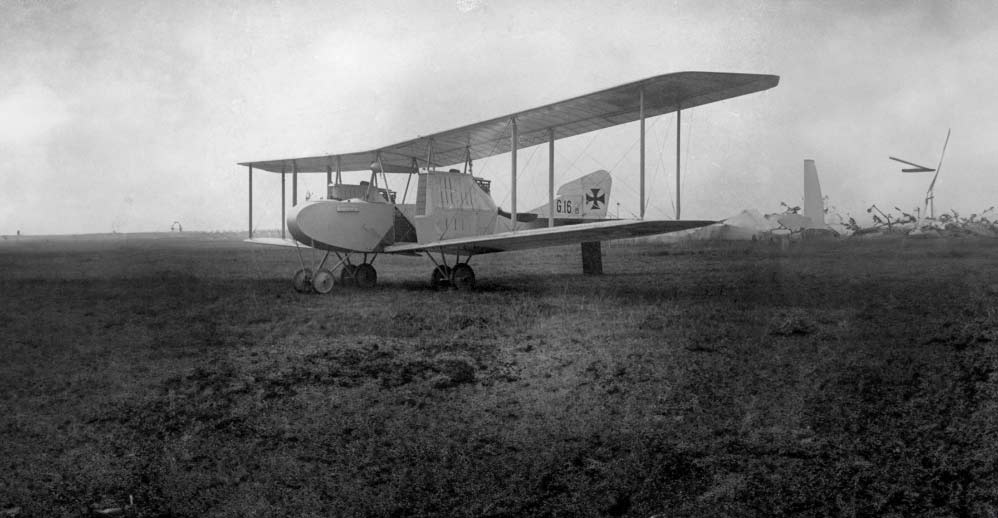Explore the Rumpler G, a significant German bomber aircraft from 1915, known for its strategic bombing role in WWI with advanced design and capabilities.
This article provides an in-depth analysis of the Rumpler G, a German bomber aircraft developed in 1915. It covers the historical context of its development, design specifics, performance characteristics, and its role in military operations during World War I. The Rumpler G series, debuting in 1915, marked a significant advancement in German bomber aircraft during World War I. Designed for long-range bombing missions, these aircraft played a pivotal role in the German air strategy.
History of the Development of the Rumpler G
During World War I, the need for effective long-range bombing capabilities became increasingly apparent. The German military, recognizing this need, commissioned Rumpler Flugzeugwerke, led by Edmund Rumpler, to develop a bomber that could carry substantial payloads over long distances. This initiative led to the birth of the Rumpler G series.
The development objective was to create a bomber that could penetrate deep into enemy territory, delivering significant payloads. The first of these aircraft flew in 1915, showcasing a blend of innovative design and practical functionality. The Rumpler G did not have a NATO nickname as it was developed long before the NATO codification system.
Design of the Rumpler G
The Rumpler G was notable for its robust, yet streamlined design. It typically had a length of about 9 meters (29.5 feet) and a wingspan of around 14 meters (46 feet). Constructed mainly from wood and fabric, the aircraft featured a biplane design that was prevalent in that era.
Its design advantages included good payload capacity, relatively long-range capabilities, and stability in flight. However, the drawbacks were its vulnerability to enemy fire due to the flammable nature of its construction materials and relatively slower speeds compared to fighter aircraft. The Rumpler G’s design was a step forward in the development of strategic bombers, setting a precedent for future aircraft in this category.

Performance of the Rumpler G
Powered by one or two engines, depending on the specific model, with power ratings typically around 150-220 horsepower, the Rumpler G could achieve speeds of up to 140 km/h (87 mph). It had a service ceiling of approximately 3,000 meters (9,840 feet) and a range of about 600 kilometers (373 miles).
In comparison to its contemporaries, like the British Handley Page Type O, the Rumpler G offered comparable range and payload but generally lagged in speed and altitude capabilities.
Military Use and Combat of the Rumpler G
The Rumpler G was primarily utilized for strategic bombing missions. It was armed
with machine guns for defense and could carry a significant payload of bombs. The aircraft saw action on various fronts during World War I, including missions over France and the Eastern Front.
The aircraft competed with other bombers of the era, like the British Handley Page Type O and the French Voisin series. While not widely sold to other countries, the Rumpler G set a standard for German bomber aircraft. Its service continued throughout the war but was eventually replaced by more advanced models in subsequent years.
The Rumpler G bomber represented a significant milestone in the evolution of strategic bombing during World War I. Its development reflected the growing importance of aerial warfare and the need for effective long-range bombing capabilities. The Rumpler G’s legacy lies in its contribution to aerial bombardment tactics and the development of bomber aircraft, which became crucial elements in modern military strategy.
Back to the Bombers section.